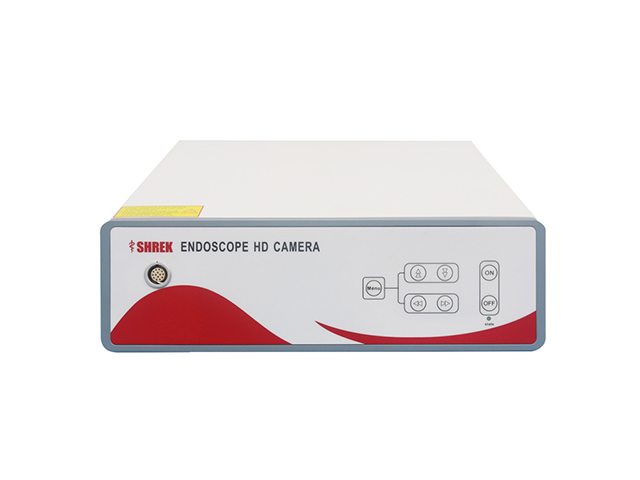SHREK NEWS
Principles and advantages of combined hysteroscopy and laparoscopy
Combined hysteroscopy and laparoscopy is a surgical procedure in which a hysteroscope and laparoscope are used together to diagnose and treat certain gynecologic conditions. The principles and advantages of combined hysteroscopy and laparoscopy include:
Comprehensive evaluation: The combination of hysteroscopy and laparoscopy allows for a more complete evaluation of the female reproductive system. Hysteroscopy is used to evaluate the uterine cavity and the fallopian tubes, while laparoscopy is used to evaluate the ovaries, the pelvic cavity, and the outside of the fallopian tubes.
Increased diagnostic accuracy: The combination of hysteroscopy and laparoscopy increases the diagnostic accuracy for certain conditions. For example, the detection of endometriosis, a common cause of infertility, is improved when both procedures are used together.
Minimally invasive: Combined hysteroscopy and laparoscopy is a minimally invasive surgical procedure that involves small incisions and less scarring compared to traditional open surgery. This can lead to less pain, shorter hospital stays, and faster recovery times.
Reduced need for additional surgeries: Since combined hysteroscopy and laparoscopy allows for a more complete evaluation of the female reproductive system, it can reduce the need for additional surgeries. For example, if a condition is identified during the procedure, it can often be treated at the same time, reducing the need for a separate surgical intervention.
Improved outcomes: Combined hysteroscopy and laparoscopy can lead to improved outcomes for certain conditions, such as endometriosis and infertility. By identifying and treating conditions more accurately and efficiently, patients may experience improved fertility and a higher chance of successful pregnancy.
In summary, the principles and advantages of combined hysteroscopy and laparoscopy include a comprehensive evaluation of the female reproductive system, increased diagnostic accuracy, a minimally invasive approach, reduced need for additional surgeries, and improved outcomes for certain conditions. This procedure is often recommended for women with infertility, chronic pelvic pain, abnormal uterine bleeding, and other gynecologic conditions.




